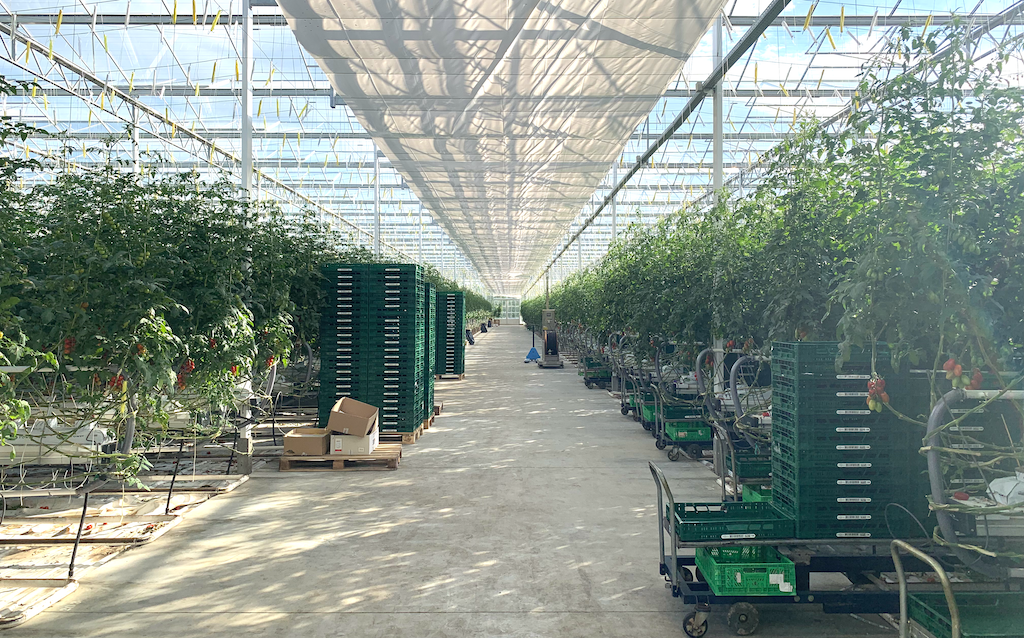Geothermal great advantage for Hungary’s horticulture sector
Geothermal represents a great opportunity for Hungary's greenhouse sector, being not only a sustainable energy source but also providing concrete financial benefits.
A great article by the Dutch Agricultural Attaché Network of the Netherlands’ Ministry of Agriculture, Nature and Food Quality shares some great insights into the great for geothermal in Hungary’s horticulture sector. Describing not only the untapped potential of the greenhouse sector, but particularly geothermal as a sustainable energy advantage.
Over the years we have been reporting on the geothermal energy development in Hungary with its focus on direct use. In 2020 we reported on the great example of the city of Veresegyház in the country, where geothermal heat has been a key economic driver for the community, among others for greenhouse operations.
Providing further details on the horticulture sector and its opportunities, the article highlights the great opportunity for the sector using geothermal energy helping to “create a regional infrastructure … enabling production of high quality produce while also making production more sustainable.”
Hungary has easy access to thermal water and geothermal energy is a real sustainable energy opportunity with “out of 1429 registered geothermal springs, in 2018, more than 200 were used for greenhouse heating.”
The financial aspect is highlighted as well , stating traditional payback times of greenhouse investments of 9 to 10 years, with geothermal heating decreasing that payback time by two years and under a governmental 50% grant subsidy scheme it can go down to 4 years.
“Investing in geothermal heating is in line with the UN Sustainable Development Goals and could potentially increase greenhouse production volumes by hundreds of thousands of tons of produce.”
Source: Agroberichten Buitenland


















